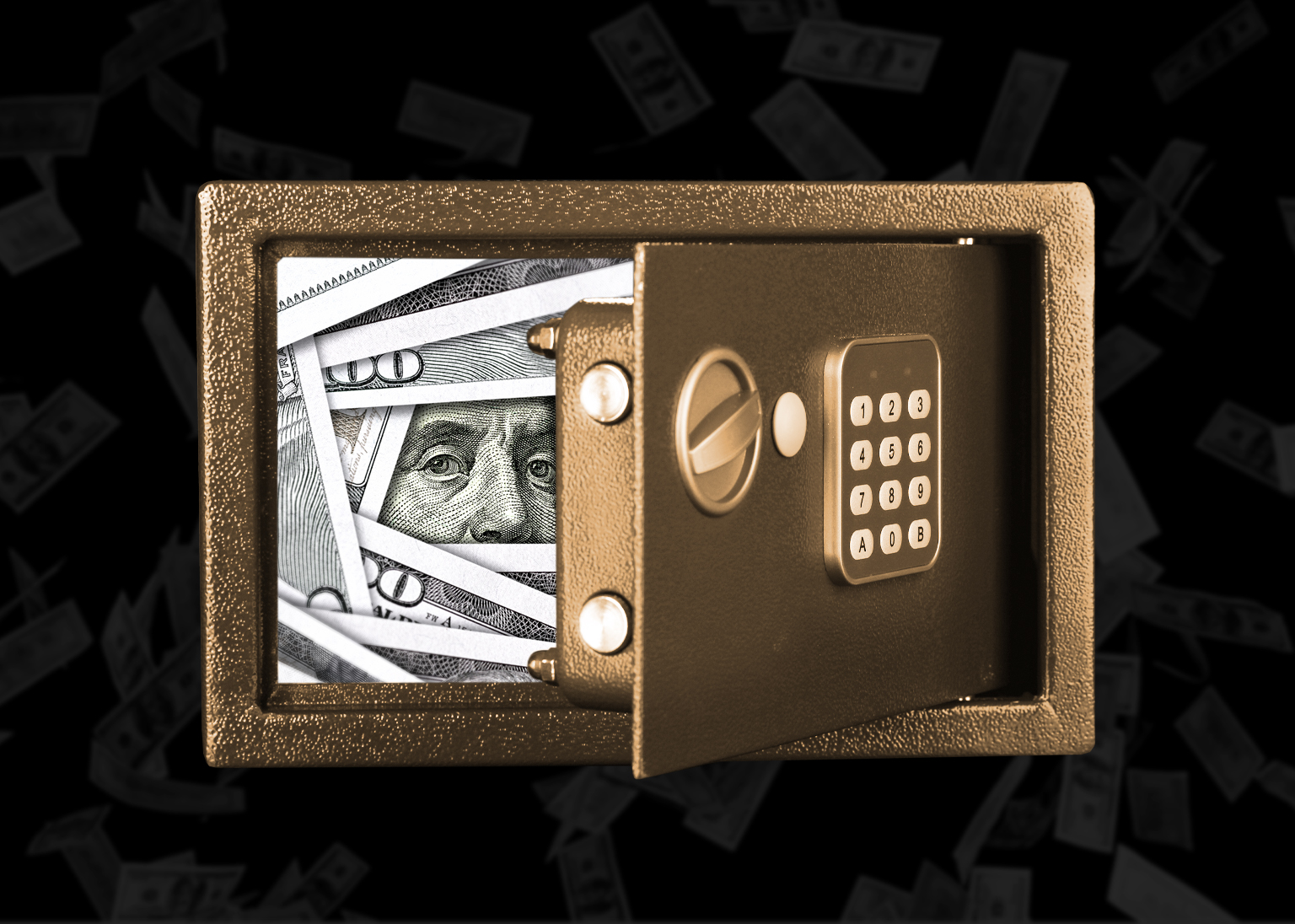Learning Center
Best Roth IRA Accounts in 2025 – Top Picks for Long-Term Investors
Not financial advice disclaimer: Our content is for informational purposes only and does not constitute financial, investment, or legal advice....
Read more about Best Roth IRA Accounts in 2025 – Top Picks for Long-Term Investors
Robo Advisor Comparison: Find the Best Platform for Your Investments
Disclaimer: Our content is for informational purposes only and does not constitute financial, investment, or legal advice. Always consult a...
Read more about Robo Advisor Comparison: Find the Best Platform for Your Investments
Are personal loans installment or revolving credit?
s installment or revolving credit? Personal loans can be either, and your choice depends on a number of considerations
Read more about Are personal loans installment or revolving credit?
How to get out of debt when you are broke
Learn how to get out of debt when you are broke by reducing debt and cultivating healthier financial habits.
Read more about How to get out of debt when you are broke
These 2 charts explain why the rich hold 25% of their money in cash
Millionaires' cash-out is more than saving for a rainy day
Read more about These 2 charts explain why the rich hold 25% of their money in cash
The statute of limitations on North Carolina debt
Learn about the time limits for different debt types and how to respond to collectors on expired debts
Read more about The statute of limitations on North Carolina debt
Debt snowball spreadsheet: A step-by-step guide + free Excel templates
Use these free debt snowball spreadsheets to track your debt and improve your financial health.
Read more about Debt snowball spreadsheet: A step-by-step guide + free Excel templates
California debt relief: 3 ways to settle your debt in 2025
Explore the best strategies for California debt relief in 2025, including debt relief programs, debt consolidation, and more.
Read more about California debt relief: 3 ways to settle your debt in 2025
‘Opportunity costs’—the #1 mindset shift to get out of debt, according to these billionaires
Picture this. It’s just past midnight, and a young Mark Cuban is stalking the grocery store aisles. It’s no accident...
Read more about ‘Opportunity costs’—the #1 mindset shift to get out of debt, according to these billionaires
The 6 best stock brokers in the UAE for 2024 - and how to find your best fit
An ultimate review of the best stock brokers in the UAE - tested by Investor Observer analysts
Read more about The 6 best stock brokers in the UAE for 2024 - and how to find your best fit
The 5 best forex brokers for the UK and how to choose the right one
Discover the best forex brokers UK traders can rely on in 2024. We rank top brokers for speed, security, and low costsplus tips on finding your perfect match
Read more about The 5 best forex brokers for the UK and how to choose the right one
The best ASX tech stocks to watch in 2024
Discover the best tech stocks on the ASX for 2024. Explore top companies driving innovation and growth in Australia's thriving tech sector.
Read more about The best ASX tech stocks to watch in 2024
The best penny stocks in the UK to watch
Heres everything you need to know about the best penny stocks in the UK
Read more about The best penny stocks in the UK to watch
The best stock alert apps for 2025
Discover the best stock alert apps for 2024. Compare features, pricing, and real-time alerts to find the ideal app for tracking your investments.
Read more about The best stock alert apps for 2025
The best lithium stocks on the ASX in October 2024
The best Australian lithium stocks to invest in 2024 reviewed. Find out why these ASX-listed lithium stocks have huge growth potential.
Read more about The best lithium stocks on the ASX in October 2024
Best Robinhood Stocks to Buy in 2024: Top Picks and Analysis
Discover the best Robinhood stocks to buy in 2024. Explore top-performing stocks with strong fundamentals and growth potential for smart investments
Read more about Best Robinhood Stocks to Buy in 2024: Top Picks and Analysis
What is the P/E Ratio
Understanding financial metrics is crucial for anyone looking to invest in stocks.
Read more about What is the P/E Ratio
What Is the Cryptocurrency Long-Term Technical Score?
In the world of cryptocurrencies, making informed decisions can be challenging. One tool that helps investors navigate the crypto market is the Cryptocurrency Long-Term Technical Score.
Read more about What Is the Cryptocurrency Long-Term Technical Score?
















